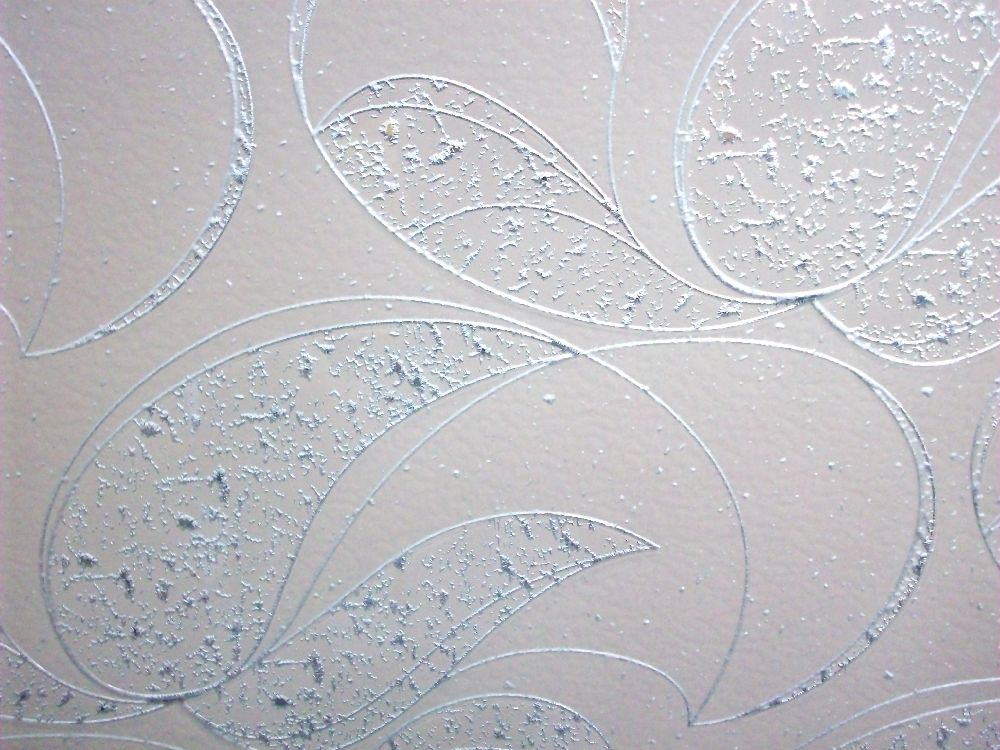Acid Etched Glass I Palace of Glass
$1.00
Description
In the realm of modern architecture, materials that strike a delicate balance between aesthetics, functionality, and sustainability are highly sought after. Among these materials, acid-etched glass has emerged as a prominent trend, captivating designers and architects worldwide. This versatile and innovative glass variant offers unparalleled control over the flow of daylight and visibility, making it an ideal choice for achieving opacity while maintaining ample light transmittance. In this article, we delve into the rise of acid-etched glass in modern architecture and explore how its different opacities empower designers to create inspiring spaces.
The Rise of Acid Etched Glass in Modern Architecture
Acid-etched glass, also known as frosted glass, is produced through a controlled chemical process that creates a satin-like, translucent surface by removing a thin layer of the glass surface. Originally developed in the early 20th century, acid etching became more accessible and widely used in architecture during the latter half of the century. Its rise to prominence in modern architecture can be attributed to several key factors.
- Aesthetics: textured glass possesses a unique, subtle texture that adds a touch of sophistication and elegance to any design. Its smooth, velvety appearance can either blend seamlessly into minimalist environments or stand as a statement piece in intricate facades.
- Privacy and Light Control: Modern urbanization demands a delicate balance between open spaces and privacy. Acid-etched glass grants architects the freedom to create enclosed, private spaces without compromising on natural light intake. See some examples of applications here.
- Sustainability: etching consumes less energy compared to other glass manufacturing processes, making it an eco-friendly alternative. Additionally, it allows for reduced energy consumption in buildings by providing sufficient daylight to minimize reliance on artificial lighting.
Unparalleled Control over Daylight and Visibility
One of the key reasons behind acid-etched glass becoming the designer’s preferred choice lies in the level of control it offers over daylight and visibility. This characteristic is attributed to its varying levels of opacity, which cater to diverse architectural needs.
- High Opacity: textured decorative glass can be produced with varying degrees of opacity, ranging from full opacity to partially translucent. High opacity options are ideal for creating partitions, interior spaces, or external cladding in areas where privacy is of paramount importance.
- Controlled Light Diffusion: The etched surface of the glass disperses light evenly, avoiding harsh glares and shadows. This controlled light diffusion fosters a warm, inviting ambiance while reducing the need for artificial lighting during daylight hours.
- Visual Privacy: Whether utilized in conference rooms, bathrooms, or residential windows, patterned glass ensures privacy without compromising the flow of light. This characteristic allows architects to craft open, well-lit spaces without jeopardizing the comfort and seclusion of the occupants.
- High Light Transmittance: Despite its ability to provide visual privacy, acid-etched glass maintains high levels of visible light transmittance. This quality ensures that natural light remains a dominant feature in the design, creating spaces that feel spacious and inviting.
Conclusion
In conclusion, acid-etched glass has emerged as a trendsetter in modern architecture due to its inherent ability to balance opacity and light transmittance effectively. Designers and architects are increasingly turning to this versatile material for its aesthetic appeal, sustainability, and its capacity to provide both privacy and ample daylight. The varying opacities of acid-etched glass allow architects to exercise unmatched control over the flow of light and visibility in their designs, promoting an environment that is both welcoming and functional. As modern architecture continues to evolve, acid-etched glass remains a beacon of creativity and innovation, elevating the built environment to new heights of excellence.
